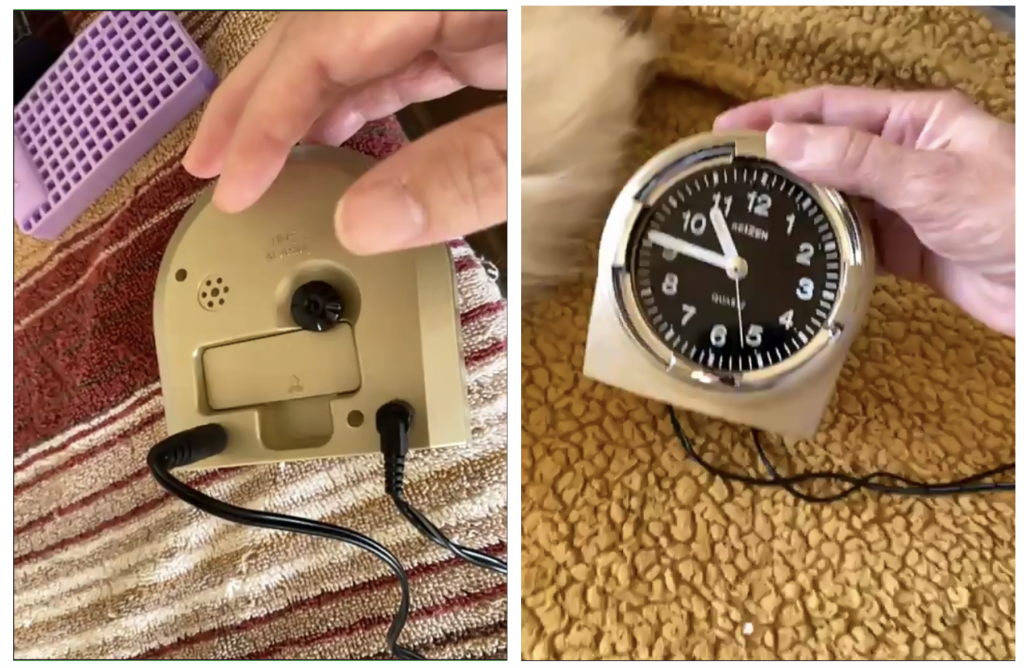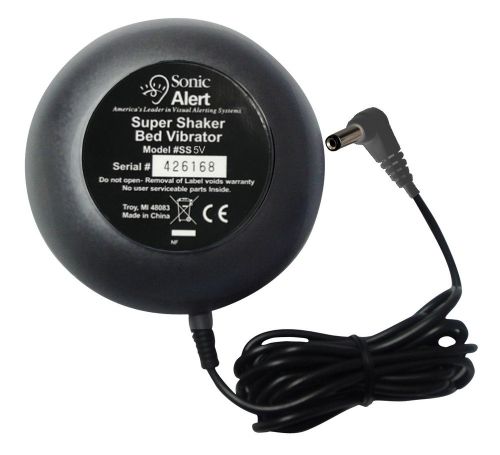A Brief Introduction
For the final project in Physical Computing, we have formed a team of three (Team I/O) in order to create an accessible device for someone with physical disabilities. Our end goal is to create something that is useful and relevant for our client, something driven by her specific wants or needs so she can take home a device unique to her. Our client is Alycia, a blind woman who is also hard of hearing. The purpose of this meeting was threefold: to get to know her and introduce ourselves further, to get to know her wants that would make her life easier, and to get to know her needs – the immediate things that need to be addressed in her life. Present at the meeting was Alycia, Noni, Catherine, and David. It was held over zoom on Monday, March 21st at 10:30am.
Our Meeting Agenda
The meeting agenda was intentionally loosely structured. We wanted to allow room to run in whichever direction we were taken, while also being able to hear enough of Alycia’s needs and wants to ideate a device that addresses them. Here is what we initially planned:
- Introductions and icebreaker [everyone answers questions] (5-10mins)
- Introduce yourself
- Tell us a fun fact
- Entering conversation [client answers] (30-40mins)
- Why did you volunteer for this project? What was of interest to you?
- Do you have any activities in your daily life that are difficult, frustrating, or otherwise seem like they could use an intervention?
- What are some activities that you enjoy doing?
- What are the main challenges you face that you would want to be addressed?
- If you could have anything to improve your daily experience, what would it be?
- What’s your daily schedule?
- Conclusion (2 mins)
- Thanking Alycia for her time
- Do you have any questions for us? Or last minute thoughts/things to add?
Meeting Summary and Major Takeaways
We started off the meeting by asking Alycia why she chose to take part in this project, to which she said that she wanted to connect with more people and help raise disability awareness. She also mentioned that there are many products that claim to help people with disabilities, but without actually speaking with one and finding out what they need help with, these products oftentimes cause more harm than good.
We continued this conversation by asking Alycia if there are any activities in her current life that she finds difficult or frustrating. This led to one of our main ideas: a braille-friendly alarm clock. Alycia explained that her current alarm clock is an analog one that connects to a bed shaker. However, it is hard to set the alarm time accurately as she has to feel for the hands’ position while adjusting the clock so it is hard to set the exact time she needs. This often leads to her alarm going off five minutes before she actually wants to wake up. She has also tried talking clocks, but because she is hard of hearing, those don’t work well for her either. Alycia also showed us what her alarm clocks looked like, which we took screenshots of through zoom.
Through this, we found that Alycia is a very diligent person who keeps to a strict schedule. Whenever her alarm rings, she gets up immediately and carries out her day, which is why having a well-working alarm clock is very important to her. She also told us she wakes up at 5:30 am every day and we were curious why she did that, so we asked if she could describe what she does in a day. As she was describing her day, she started talking about how she spends a lot of time figuring out how to find directions to her microwave meals.
Because of her debilitating eyesight, she can’t see the box directions and relies on an app to scan the packaging for cooking directions and read it out for her. The app she uses to scan for directions is called Seeing AI, developed by Microsoft. The app is constantly improving and new features are being added, which is very helpful for Alycia Even so, it’s hard for her to position the phone correctly so that the app can see the directions, and she doesn’t know which side the directions are on so she has to continuously rotate the box.
Apart from these two main frustrations, she says that she is able to do most things well and doesn’t need too much help. She spends her days going to class, watching hockey games, playing dice world, and taking care of her cats. There are also many new developing technologies like seeing AI that she finds which greatly help her through her daily activities.
Post-Meeting Thoughts and Reflection
In general, the meeting went very well. We managed to get some good ideas to work with, which was the main goal we had when we entered the interview. Alycia provided us with a clear problem she had right off the bat, allowing us a good starting point, albeit skipping through the initial process of finding what her general life was like and “base scoping” ideas. That being said, it was a bit difficult to get off this initial path once we were on it, and there was a bit of concern that, should this initial idea not work, that we would not have anything to work with. Thus, we tried generalizing the topic more to break away from going down one idea too quickly; we went back to our initial agenda of finding what her life was like, and what she typically did. This allowed us to investigate and find other ideas, like the issue with scanning and packaging. As such, our ideation process went better, though still with concerns that we walked away with only two directions. Further discussion afterwards revealed that we should have asked more about certain details, such as the specifications of the bed shaker, or more about her life in general. This would allow us to explore other ideas to these problems, like wearables as an alternative alarm clock, or entirely different directions, such as something involving her cat or other aspects of her life.


